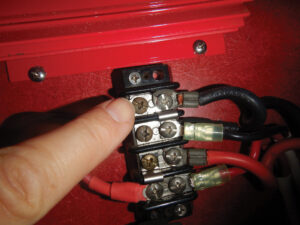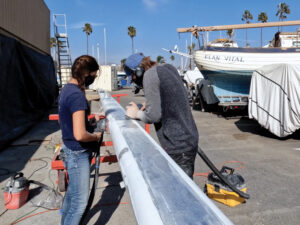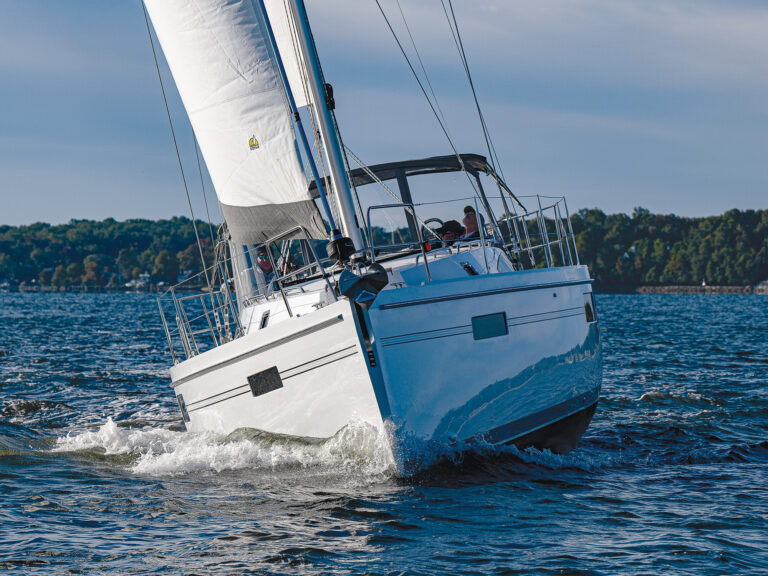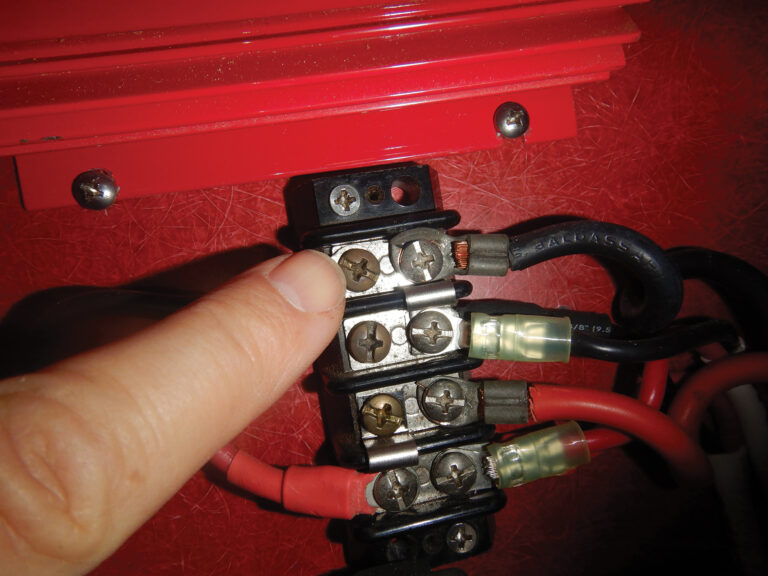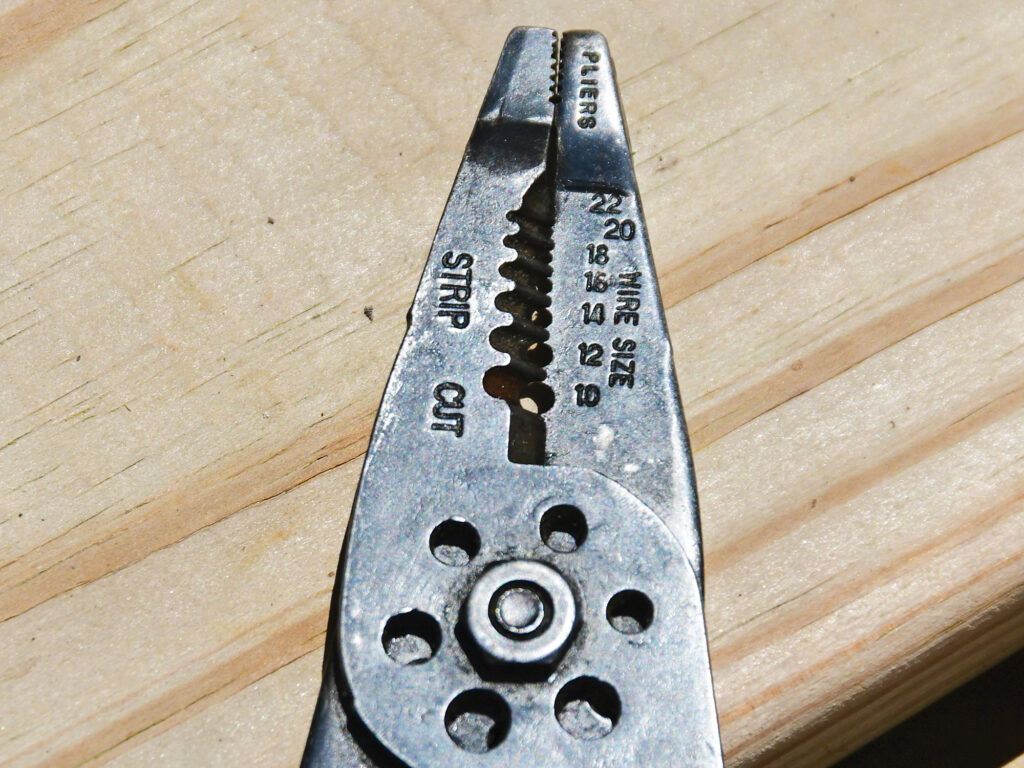
“Tools are your good friends.” Those are the opening words of the US Navy’s Use of Tools manual, first printed in 1945. It goes on to explain: “Why? Because they make it possible for you to do hundreds of jobs that you couldn’t do with your own hands. They are extra hands—and eyes—which give you countless new skills. If you treat the tools you use as friends, they’ll always be ready to help you when you need them most.” Truer words were never written.
I’ll confess: I’m a hopeless lover of tools, especially tools that are well-designed and well-made, some of which are older than I am yet still serving admirably. There’s a certain satisfaction in having them close at hand and being able to use the right tool to complete a job, from ball-peen hammers and combination wrenches to soldering irons and multimeters.
Because a cruising vessel is limited in the amount of stowage for tools, skippers must choose wisely, making certain that the tools will be used often or are so valuable that they are worth having regardless of how infrequently they are used.
Electrical Tools
Because so many troubleshooting scenarios are electrical in nature, it’s imperative to have tools for this type of troubleshooting. Chief among these is a multimeter, which should include the usual functions of AC and DC volts and amps, as well as resistance. Ideally, it should also include an amp clamp that works with AC and DC voltage. There are many online tutorials for learning to use this tool, and I covered multimeters in a previous column.
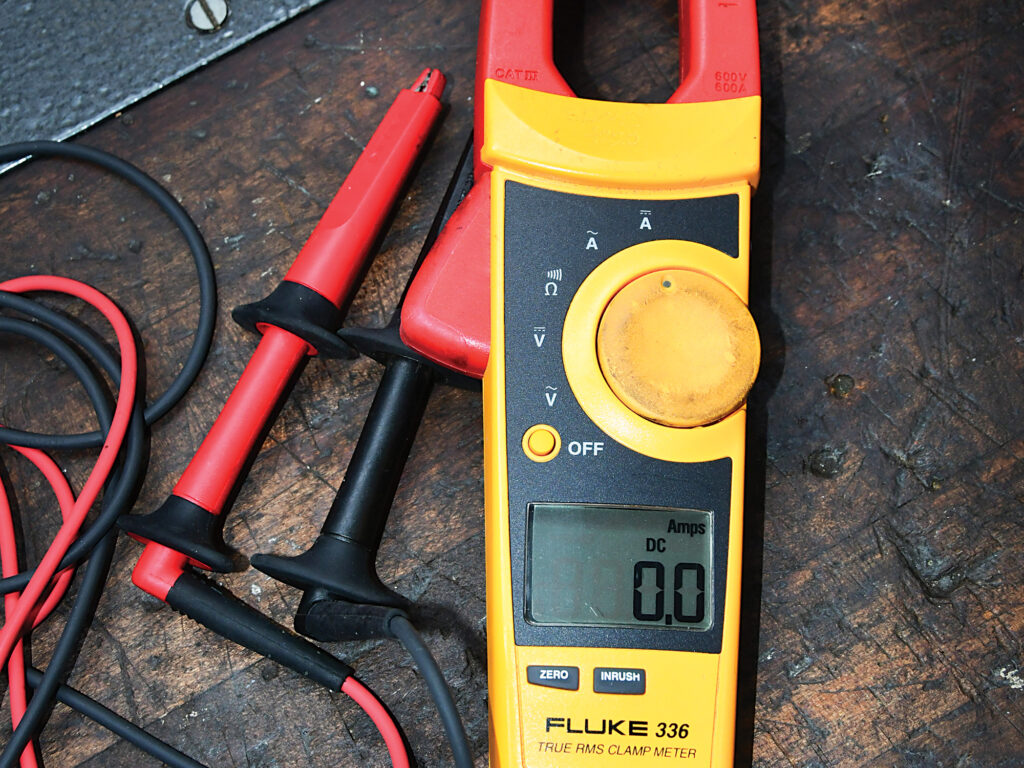
Electrical tools should include a wire stripper and a crimping tool. These should be separate because the all-in-one versions do neither job well. If you struggle with crimping and stripping, automatic versions are a good choice, especially for novices.
Also have a good-quality wire cutter, sometimes called a side cutter.
Mechanical Tools
A quality set of thin combination open-/box-end wrenches are a mechanic’s best friend. Higher-quality wrench sets are made from stronger alloys, allowing them to be thinner, with the same rigidity of thicker wrenches. A thinner wrench can fit into tighter spaces. A 12- rather than a 6-point box end can mean the difference between getting a turn on a bolt and not. More points also mean the wrench needs to be rotated less to engage the fastener.
The same concept holds true for socket sets. I prefer 12-point here as well, but it’s less critical than with combination wrenches. Thinner versions come in especially handy when working in tight spaces on engines. The most common is a three-eighths-inch drive.
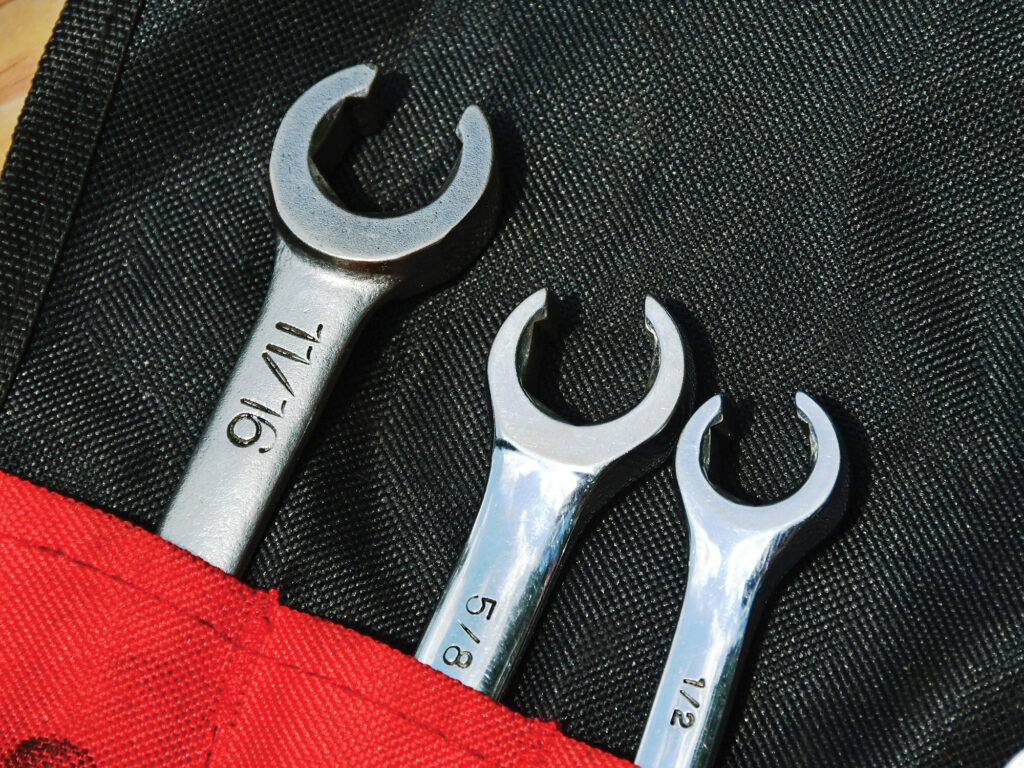
Of course, these stronger-alloy, thinner-walled tools come at a higher cost; however, shopping around will usually yield comparatively reasonable prices. Stronger alloys also resist open-end wrench spreading, which is when the jaws of the wrench distort under heavy load.
A variation on the open-end wrench is the flare wrench. These are technically designed for hydraulic and fuel flare fittings. They are semi-open-ended and resist spreading, making them ideally suited for fuel and hydraulic fittings (preventing these hollow components from distorting under load), as well as for overcoming stubborn conventional fasteners without slipping.
Perhaps one of the most valuable tools I own is a quarter-inch drive socket set. I use this more than any other wrench or socket set I own. It’s compact, and many sets come in blow-molded cases, making it possible to bring the complete set to the project location.
Most vessels include a mixture of imperial and metric fasteners, so you’ll need sets of each for the wrenches and sockets. An alternative to separate sets is an all-inclusive kit. They are usually less expensive than individual sets.
Finally, keep all of your tools corrosion-free by wiping them with a rust inhibitor from time to time. The kits that live in blow-molded cases tend to resist rust better than those that live free-range on the boat.
Remember, tools are your friends. Treat them like your very best.
Steve D’Antonio offers services for boat owners and buyers through Steve D’Antonio Marine Consulting.

